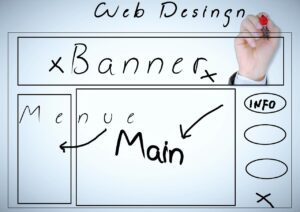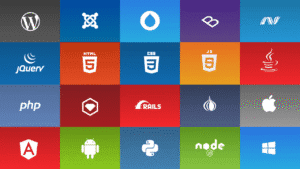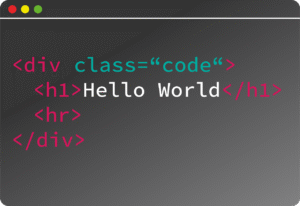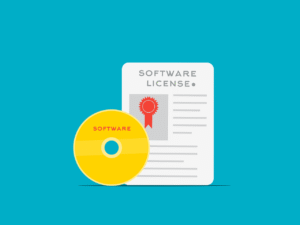React
Alright, let’s talk React. If you haven’t heard of it by now, you’ve probably been living under a rock—or maybe just not hanging out in tech Twitter circles. Built by Facebook (yeah, that Facebook), React is basically the go-to for making web apps feel snappy and modern. The whole component thing? Genius. You can build these little Lego-like pieces and just plug them in wherever. Super reusable, super fast. Plus, the React ecosystem is wild—there are more tools and add-ons than I can keep track of. Anyway, if you want to get paid in 2025, you should probably know your way around React. Just saying.
Angular
Now, Angular’s been around the block a few times. Google’s baby. It’s not exactly the cool new kid anymore, but honestly, it’s still got a loyal fanbase. The data binding is slick, and the dependency injection? Chef’s kiss for big, messy apps. Not gonna lie, the learning curve is steep. Like, Everest-level steep at times. But once you get it, you’re unstoppable. With Angular 12 out, it’s still evolving, so don’t count it out just yet.
Vue.js
Vue.js is like that quiet kid in the back of the class who suddenly aces all the tests. Light, flexible, and crazy easy to pick up—Vue just makes sense. If React and Angular feel a bit heavy, Vue is like a breath of fresh air. It’s perfect for folks who want to spin up something fast without drowning in boilerplate. The ecosystem’s solid, too, and it keeps getting better. I’d bet good money it’ll be even bigger by 2025.
Node.js
Node.js—oh man, this one changed the game. Suddenly, you could write JavaScript on the server, which was basically witchcraft a decade ago. Now? Everybody’s doing it. Node’s great for handling tons of connections at once, so if you’re building anything real-time (think chat apps, live stats, whatever), it’s a no-brainer. And with npm, you’ve got access to more packages than you’ll ever need. Honestly, if you’re not at least a little familiar with Node by now… what are you doing?
GraphQL
Alright, buckle up. GraphQL isn’t just another buzzword. It’s a total rethink of how we talk to APIs. Forget the old REST shuffle—GraphQL lets you ask for exactly what you want (and nothing more). It’s efficient, super flexible, and the dev community around it is exploding. Tons of tools, libraries, and people who just won’t shut up about it. Expect it to get even bigger in the next few years.
Progressive Web Apps (PWA)
PWAs are like web apps on steroids. You get push notifications, offline support, and can slap them right on your home screen—basically all the perks of a native app, but without that annoying “download from the app store” step. They’re clutch if your users are stuck on spotty Wi-Fi or just don’t want to clutter their phone with another app. In 2025, if your site isn’t at least a little PWA-ish, you’re probably missing out.
Single Page Applications (SPA)
SPAs are everywhere now. Instead of reloading the whole dang page every time you click something, SPAs just update the stuff you care about. It’s fast, slick, and makes your app feel way more modern. Social networks, marketplaces, dashboards… all living that SPA life. Plus, with frameworks like React and Angular, building one isn’t the nightmare it used to be. If you want users to stick around, SPAs are kind of a must these days.
Headless CMS
Headless CMS—sounds fancy, right? Basically, it means your content and your site’s look are totally separate. You manage your blog posts, product details, whatever, in one place, and serve it up however you want—website, app, smartwatch, you name it. Developers love it because you’re not tied to any one tech stack. It’s all about flexibility and future-proofing. If you haven’t tried it yet, honestly, you’re missing out on a way easier workflow.



































































































